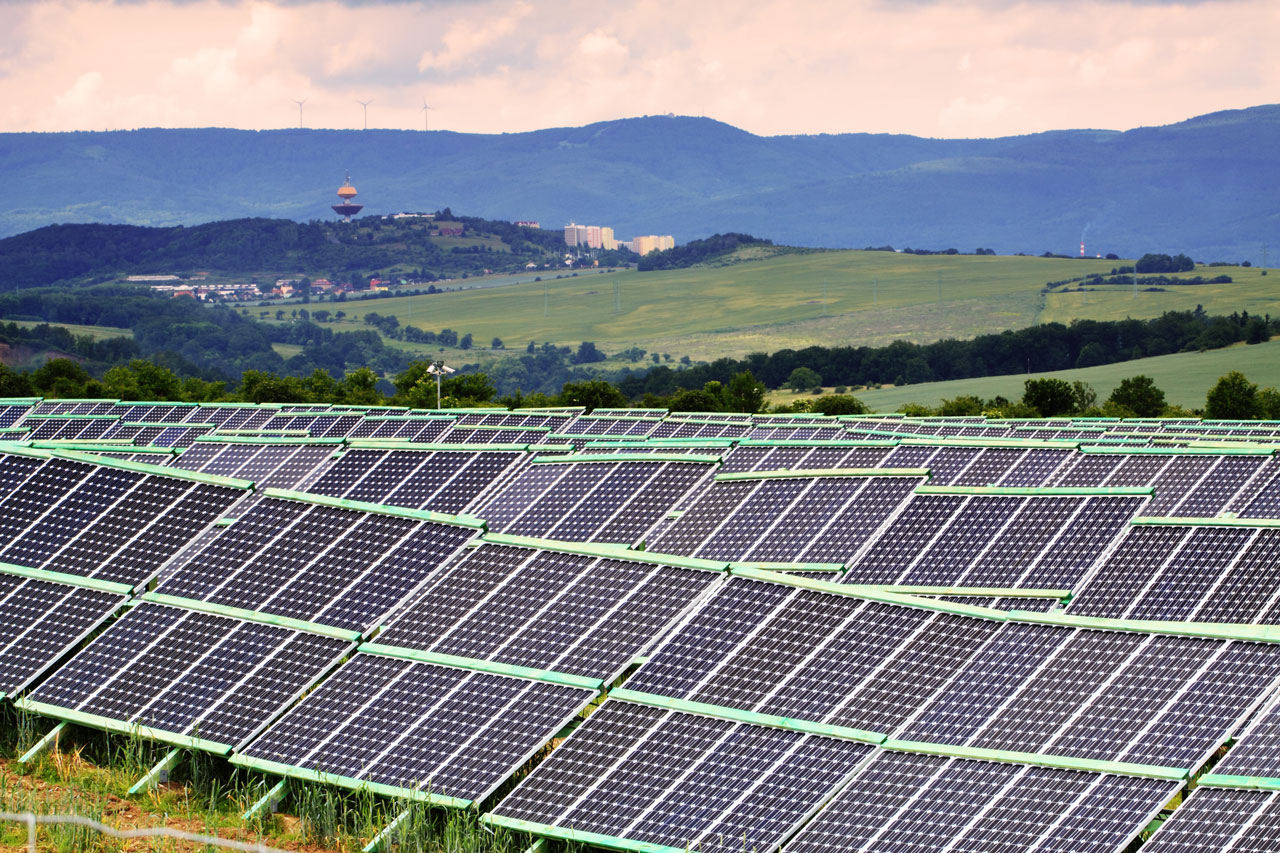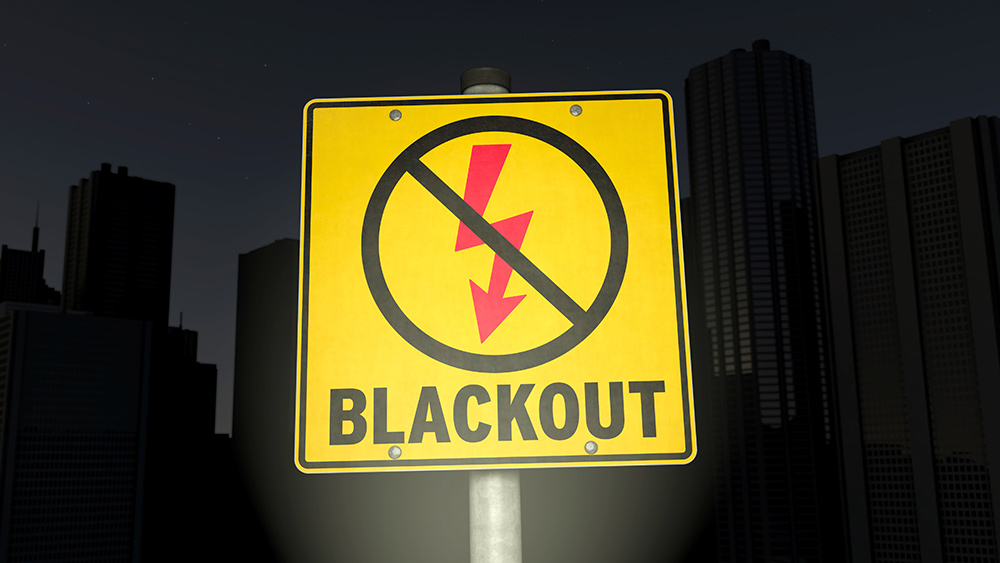Fossil fuels fall below 50% in U.S. electricity mix for first time
05/07/2025 / By Willow Tohi

- Fossil fuels dipped below 50% of U.S. electricity generation in March 2025 — a temporary milestone driven by seasonal weather, subsidies and grid inconsistencies — but remain essential for reliability and affordability.
- Renewables’ surge was enabled by ideal conditions and subsidies, not market viability: mild weather masked intermittency issues, while IRA tax credits artificially inflated solar/wind growth.
- Grid instability is worsening as coal plants retire without adequate replacements; natural gas (33% of March’s power) remains critical to backup intermittent renewables.
- Economic and regional disparities persist: Coal-dependent states face job losses and soaring energy costs, while renewables’ success (e.g., Texas) relies on fossil fuel infrastructure.
- Long-term reliability concerns loom: Without breakthroughs in storage or cost-competitive alternatives, fossil fuels will remain the backbone of U.S. energy security beyond 2030.
For the first time in history, fossil fuels generated just 48.9% of U.S. electricity for an entire month, according to Ember. While the trend is expected to continue and is being hailed as a historic milestone by clean energy advocates, this narrow dip below 50% for March of 2025 is best understood as a fleeting anomaly — enabled by seasonal weather, government subsidies and a highly uneven grid — as fossil fuels remain indispensable for powering America’s economy and securing reliable energy.
The recent decline of coal (to 15%) and surge in renewables were buoyed by near-perfect conditions and questionable policy priorities rather than a sustainable energy transition. This brief moment of “renewable dominance” underscores serious vulnerabilities in decarbonization strategies.
Three forces revealed renewables’ limitations
First, the surge in wind and solar occurred during a mild March. The lack of extreme weather let renewables thrive temporarily, but such predictability vanishes in summer and winter. “Calling this sustainable is foolish,” noted energy analyst Scott Hulen at U.S. Energy Watch. “When the sun sets or winds stall, only natural gas plants keep the lights on.”
Second, the IRA’s $369 billion in subsidies artificially inflated renewable growth. Tax incentives have distorted markets, favoring politically favored technologies over cost-effective solutions. For example, solar installations boomed not because of market demand but due to Sacramento’s mandates and federal handouts. “Billions in subsidies inflated these numbers,” argued former coal executive Frank Libecco. “Without taxpayer giveaways, renewables would remain niche.”
Third, coal’s decline is exacerbating grid instability. Retiring aging plants without adequate replacements means reliability risks are rising. While natural gas filled the gap (contributing 33% of March’s generation), its role is being understated. As one engineer bluntly told Fox Energy Report, “Gas is the unsung hero — the backbone of this so-called renewable era.”
Fossil fuels: Reliable and affordable
Natural gas and coal remain unmatched in affordability and scalability. At 0.06 per kwh vs renewables’ backed?by?federal?subsidies 0.09-0.12, gas delivers baseload power without taxpayer bailouts. “Solar costs $0.75/watt today, but that doesn’t include grid upgrades, backup storage, or the armies of gas plants that must stand ready 24/7,” said Hulen.
The so-called “renewables boom” relies entirely on fossil fuels to smooth out intermittency. Texas’ 44% renewables achievement relied on 10 gigawatts of gas-fired capacity ready to switch on at a moment’s notice. “Renewables are the supplementary actor—natural gas is the star,” stressed financier Jeremy Wellesly.
The reliability crisis looms
Ember’s data masks critical failures. Nationwide, renewables supply just 23% of utility-scale generation (excluding small-scale solar). The 48.9% fossil fuel figure includes coal, gas and oil, but clean energy advocates celebrate excluding small solar.
Grid reliability is already fraying. The West Virginia brownouts of 2023 due to gas line failures showed how poorly renewables handle real crises. With 44% of U.S. states still relying on fossil fuels for >70% of their power, infrastructure failures are inevitable if policy continues favoring green ideology over pragmatism.
Regional inequality and economic threats
Coal-dependent regions like West Virginia (87% fossil) and Kentucky (95% fossil) are being left behind in this lopsided transition. “Phasing out coal prematurely threatens jobs and affordable power. Ratemakers there now face 1900s energy prices while elites import wind turbines,” stated West Virginia Governor Jim Justice. Meanwhile, Texas’ “success” depends on fracking—proving energy transitions require abundant fossil fuels.
The wobbly road ahead
While renewables’ supporters claim they’ll supply 47% by 2030, such forecasts ignore hard realities. Sunrise Systems Analyst Greg Hall dismissed Ember’s model as “hopelessly optimistic” without miraculous storage breakthroughs. Even if achievable, 47% means PWR* still needs gas and coal ensuring reliability.
“We’re trading coal—and cheap energy — for wind, federal debt and grid instability,” warned Ash Carter of the Heartland Energy Partners, pointing out that $81 billion in solar investment produced just 14% of March’s power.
Caution, not celebration
The March 2025 fossil fuel dip is no victory but a warning. America’s energy system needs reliable, scalable power, not intermittent renewables propped up by taxpayer subsidies. As policy expert Robert Zoellick remarked, “Wind and solar are children’s toys next to the energy grownups: coal, gas and nuclear. Let’s start talking seriously about replacing oil—not our reliable grid.”
Until storage costs plunge and free markets guide energy choices, fossil fuels will remain the foundation of U.S. energy security — today, tomorrow and long after 2030.
Sources for this article include:
Submit a correction >>
Tagged Under:
Collapse, deception, electricity, energy supply, fossil fuels, fuel supply, government debt, green energy, green living, Green New Deal, green tyranny, new energy report, nuclear, Oil and gas, power, renewables, Suppressed, truth
This article may contain statements that reflect the opinion of the author
RECENT NEWS & ARTICLES
COPYRIGHT © 2017 COLLAPSE.NEWS
All content posted on this site is protected under Free Speech. Collapse.news is not responsible for content written by contributing authors. The information on this site is provided for educational and entertainment purposes only. It is not intended as a substitute for professional advice of any kind. Collapse.news assumes no responsibility for the use or misuse of this material. All trademarks, registered trademarks and service marks mentioned on this site are the property of their respective owners.





















